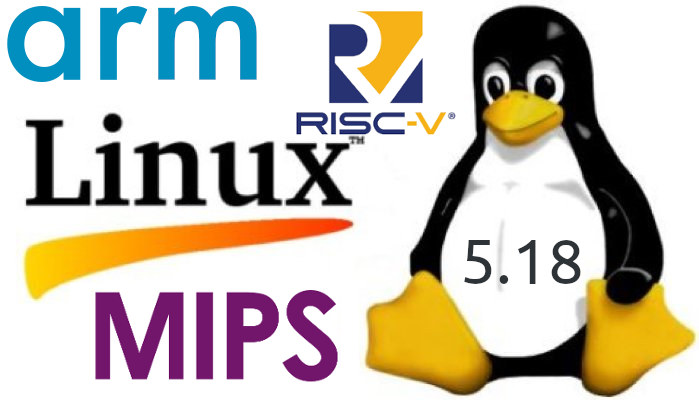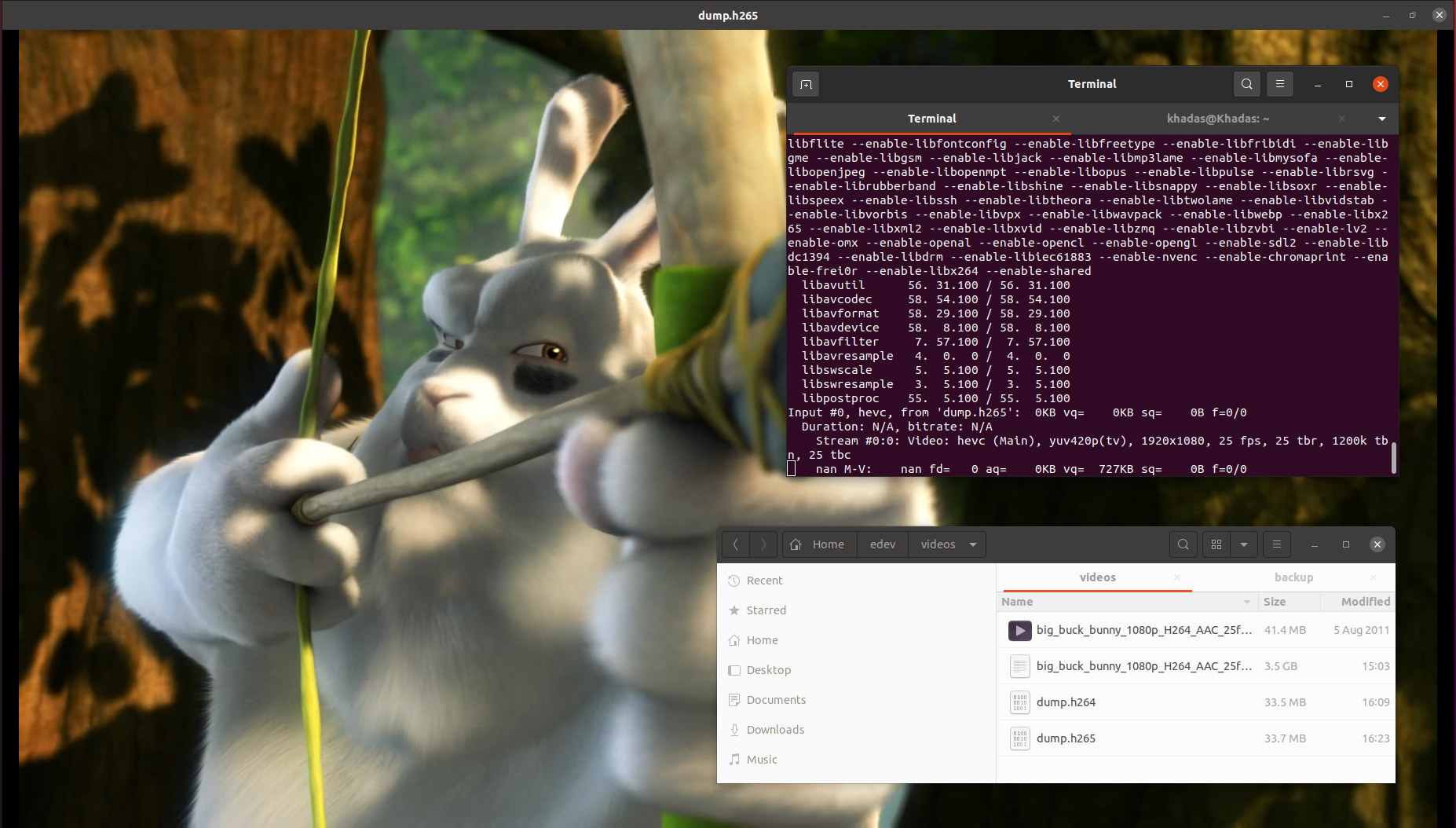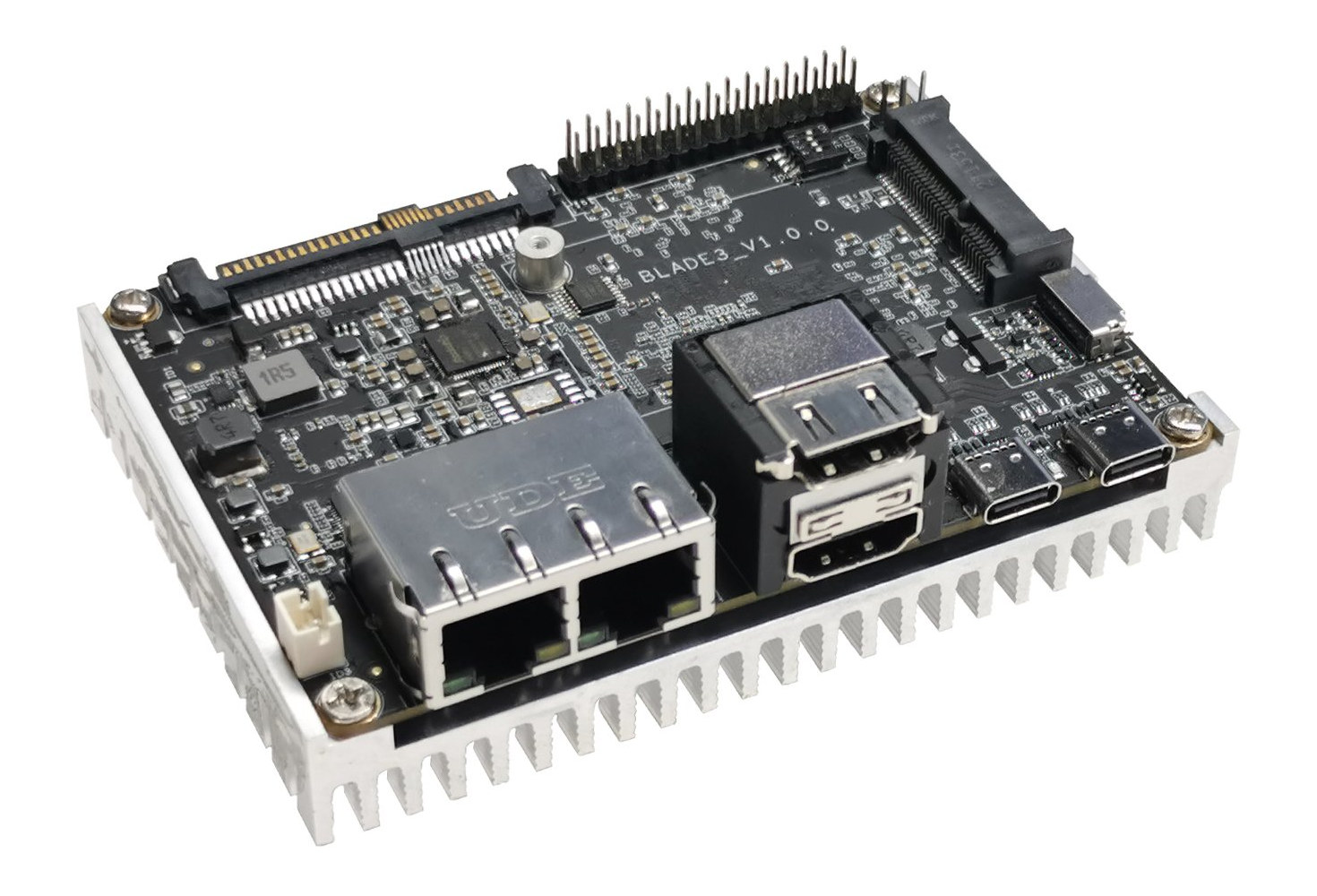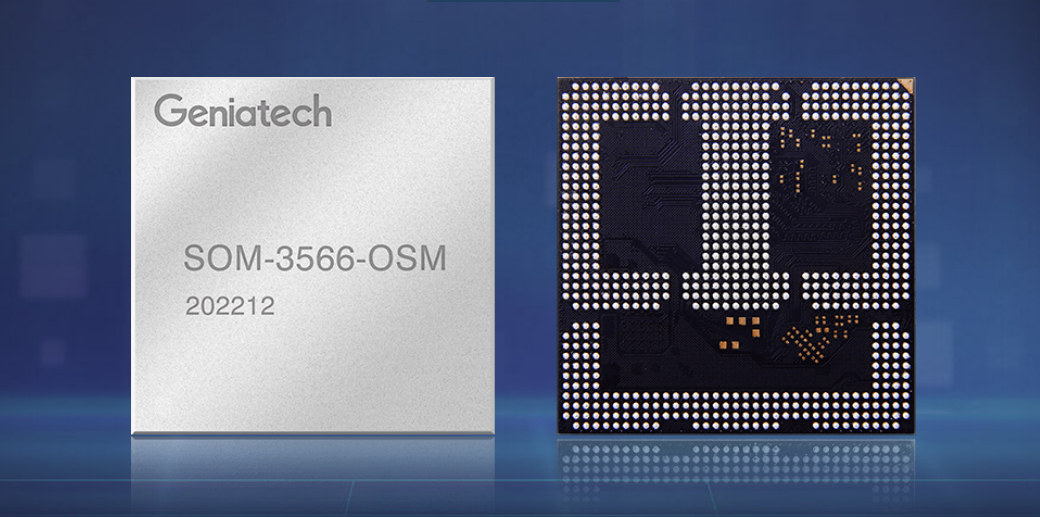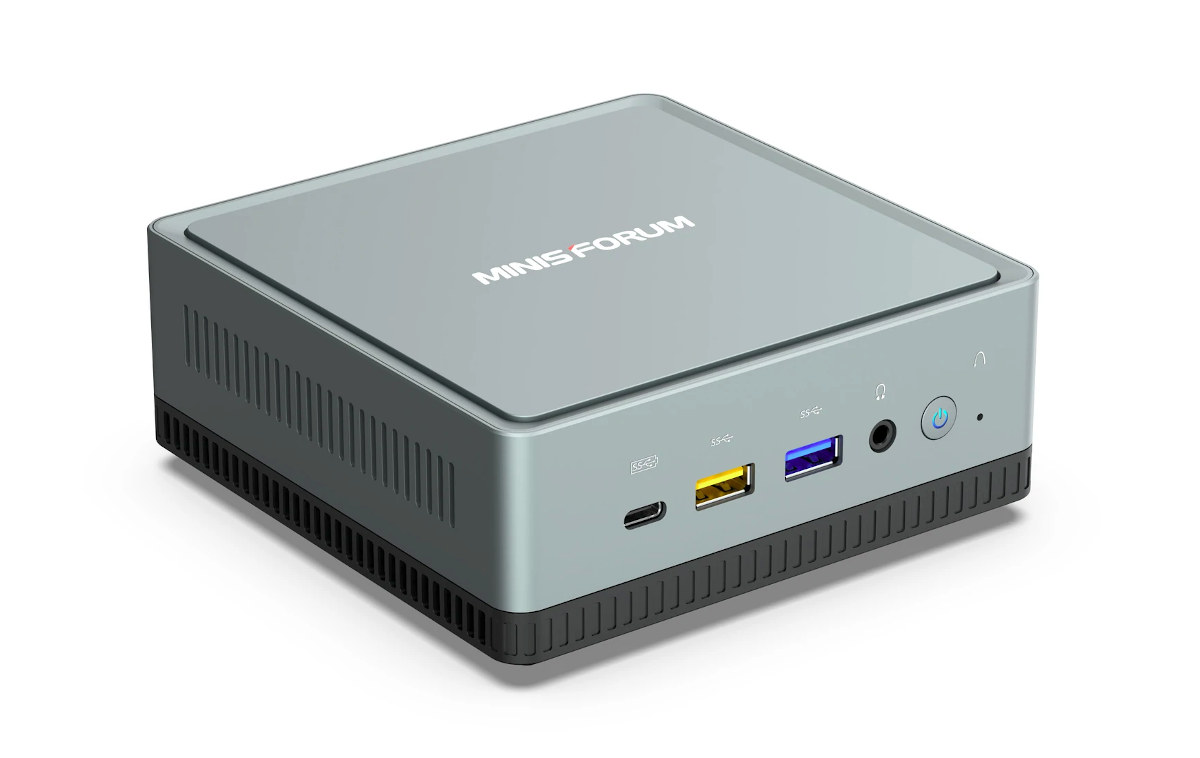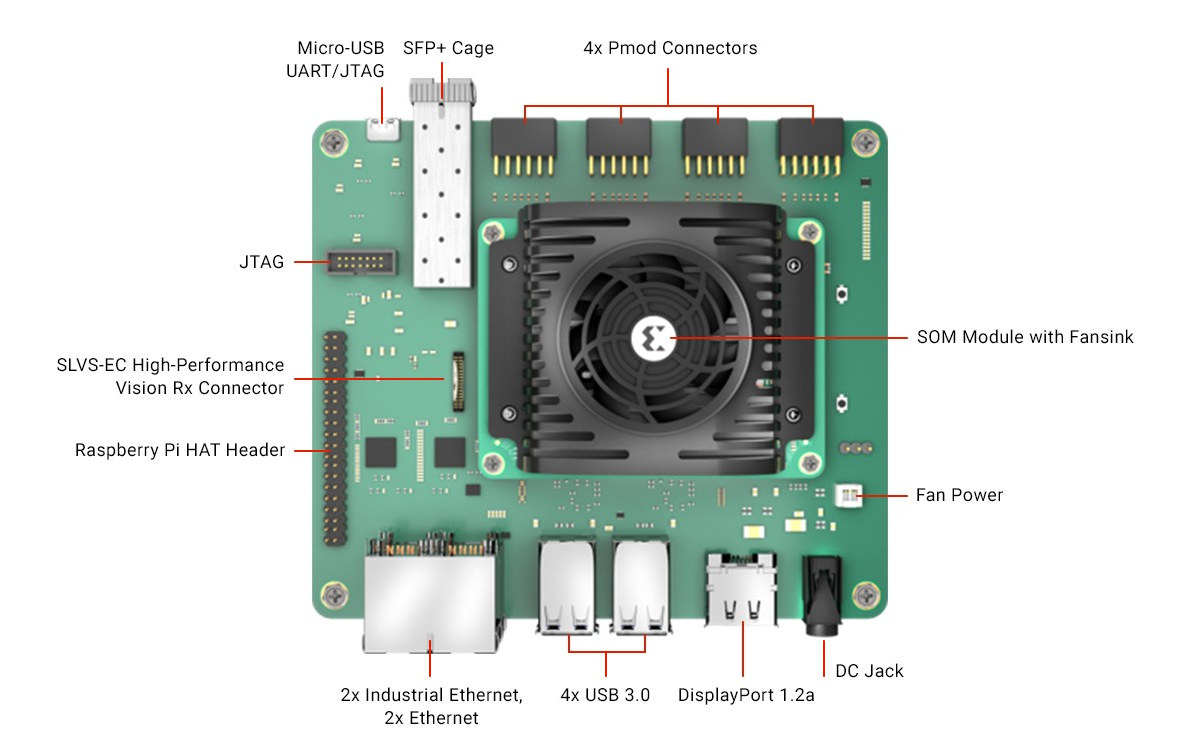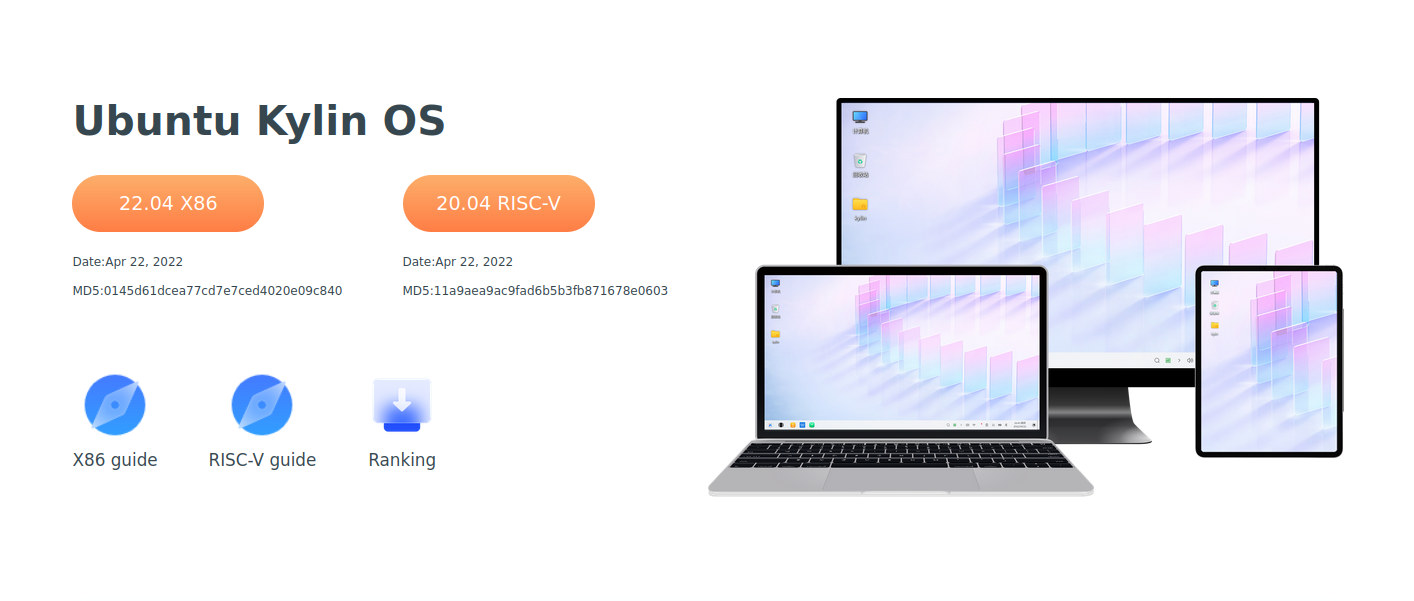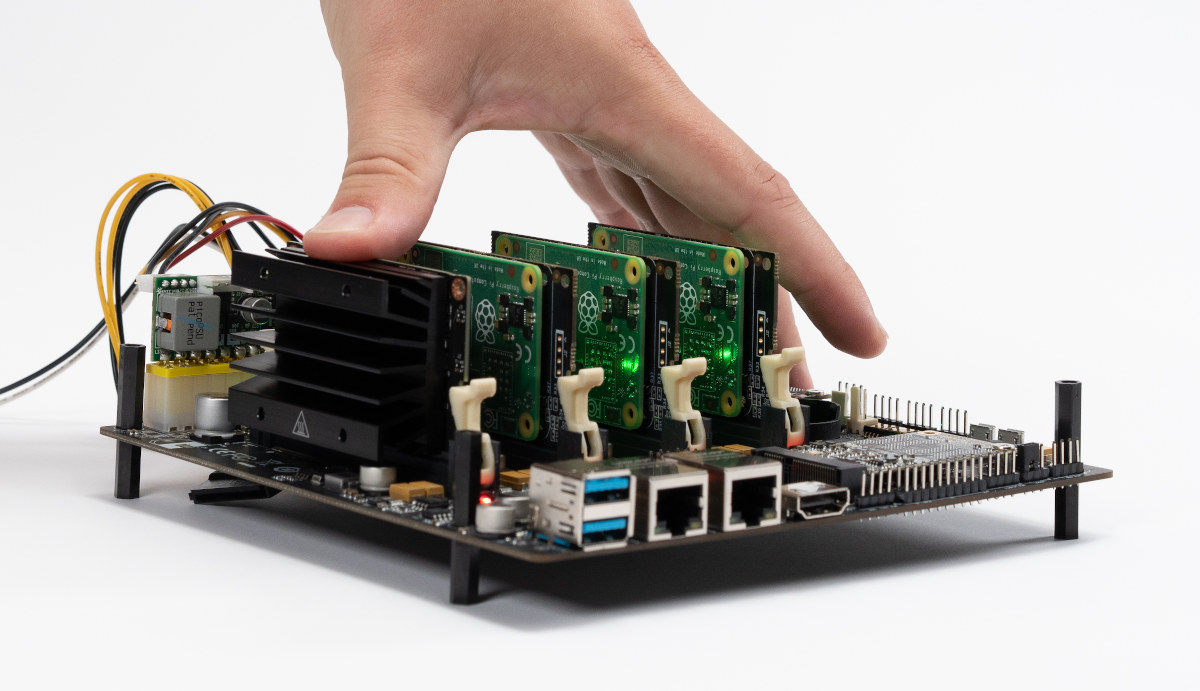Linux 5.18 is out! Linus Torvalds has just announced the release on lkml: No unexpected nasty surprises this last week, so here we go with the 5.18 release right on schedule. That obviously means that the merge window for 5.19 will open tomorrow, and I already have a few pull requests pending. Thank you everybody. I’d still like people to run boring old plain 5.18 just to check, before we start with the excitement of all the new features for the merge window. The full shortlog for the last week is below, and nothing really odd stands out. The diffstat looks a bit funny – unusually we have parsic architecture patches being a big part of it due to some last-minute cache flushing fixes, but that is probably more indicative of everything else being pretty small. So outside of the parisc fixes, there’s random driver updates (mellanox mlx5 stands out, […]
Linux hardware video encoding on Amlogic A311D2 processor
I’ve spent a bit more time with Ubuntu 22.04 on Khadas VIM4 Amogic A311D2 SBC, and while the performance is generally good features like 3D graphics acceleration and hardware video decoding are missing. But I was pleased to see a Linux hardware video encoding section in the Wiki, as it’s not something we often see supported early on. So I’ve given it a try… First, we need to make a video in NV12 pixel format that’s commonly outputted from cameras. I downloaded a 45-second 1080p H.264 sample video from Linaro, and converted it with ffmpeg:
|
1 |
ffmpeg -i big_buck_bunny_1080p_H264_AAC_25fps_7200K.MP4 -pix_fmt nv12 big_buck_bunny_1080p_H264_AAC_25fps_7200K-nv12.yuv |
I did this on my laptop. As a raw video, it’s pretty big with 3.3GB of storage used for a 45-second video:
|
1 2 3 4 |
ls -lh total 3.3G -rw-rw-r-- 1 jaufranc jaufranc 40M Aug 5 2011 big_buck_bunny_1080p_H264_AAC_25fps_7200K.MP4 -rw-rw-r-- 1 jaufranc jaufranc 3.3G May 21 15:03 big_buck_bunny_1080p_H264_AAC_25fps_7200K-nv12.yuv |
Now let’s try to encode the video to H.264 on Khadas VIM4 board using aml_enc_test hardware video encoding sample:
|
1 2 3 4 5 6 7 8 9 10 11 12 13 14 15 16 17 18 19 20 21 22 23 24 25 26 27 28 29 30 |
khadas@Khadas:~$ time aml_enc_test 1080p.nv12 dump.h264 1920 1080 30 25 6000000 1125 1 0 2 4 src_url is : 1080p.nv12 ; out_url is : dump.h264 ; width is : 1920 ; height is : 1080 ; gop is : 30 ; frmrate is : 25 ; bitrate is : 6000000 ; frm_num is : 1125 ; fmt is : 1 ; buf_type is : 0 ; num_planes is : 2 ; codec is : 4 ; codec is H264 Set log level to 4 [initEncParams:177] enc_feature_opts is 0x0 , GopPresetis 0x0 [SetupEncoderOpenParam:513] GopPreset GOP format (2) period 30 LongTermRef 0 [vdi_sys_sync_inst_param:618] [VDI] fail to deliver sync instance param inst_idx=0 [AML_MultiEncInitialize:1378] VPU instance param sync with open param failed [SetSequenceInfo:979] Required buffer fb_num=3, src_num=1, actual src=3 1920x1080 Encode End!width:1920 real 0m26.074s user 0m1.832s sys 0m4.883s |
The output explains the parameters used. There are some error messages, […]
Rockchip RK3588 Pico-ITX board launched with four-node cluster box (Crowdfunding)
The Mixtile Blade 3 Pico-ITX single board computer (SBC) powered by Rockchip RK3588 processor has now launched on Crowd Supply with either 8GB or 16GB RAM, and an optional four-node cluster box with a built-in PCIe switch designed to accommodate four Mixtile Blade 3 boards. The board also comes with up to 128GB of storage, two 2.5GbE interfaces, HDMI 2.1 output, HDMI 2.0 input, USB 3.2 Gen 1 USB Type-C ports, as well as a mini PCIe Gen 2 for expansion and a 30-pin GPIO header for expansion, as well as U.2 edge connector with 12V, PCIe x4 Gen 3 and SATA signals to interface with other Mixtile boards and build clusters. Mixtile Blade 3 specifications: SoC – Rockchip RK3588 octa-core processor with four Arm Cortex-A76 cores @ up to 2.4 GHz, four Arm Cortex-A55 cores, Arm Mali-G610 MP4 quad-core GPU with support for OpenGL ES3.2, OpenCL 2.2, Vulkan1.1, 6 […]
Geniatech launches OSM Size-L modules with Renesas RZ/G2L, Rockchip RK3566
Geniatech has introduced LGA system-on-modules compliant with the SGET OSM (Open Standard Module) Size-L standard and designed to be soldered directly on the carrier board. Two models have been launched with the SOM-G2L-OSM equipped with Renesas RZ/G2L Arm Cortex-A55/M33 processor, and the SoM-3566-OSM powered by a Rockchip RK3566 quad-core Cortex-A55 SoC. SOM-G2L-OSM module Specifications: SoC – Renesas RZ/G2L dual-core Cortex-A55 processor, Cortex-M33 real-time core, Arm Mali-G31 GPU, H.264 video encoder/decoder System Memory – 1GB RAM (2GB/4GB optional) Storage – 8GB eMMC flash (16GB/32GB optional) 662 contacts with Display – 1x MIPI DSI, 1x RGB Camera – 1x MIPI CSI Audio – I2S Networking – 2x Gigabit Ethernet USB – 1x USB OTG 2.0, 1x USB 2.0 host Serial – 2x CAN bus SDIO 3.0 Low-speed I/Os – 5x UART including debug, 2x I2C, 3x SPI, 3x PWM, 16x GPIO, 2x ADC Dimensions – 45 x 45 mm (OSM Size-L form […]
DeskMini UM350 Manjaro Edition is a Linux mini PC powered by an AMD Ryzen 5 3550H SoC
Most mini PCs are offered with Windows 10 or 11 operating systems, but MinisForum DeskMini UM350 Manjaro Edition mini PC ships with Manjaro Linux, making it one of the rare mini PCs pre-loaded with a Linux distribution. The mini PC hardware is pretty standard with a 35W AMD Ryzen 5 3550H quad-core processor, support for up 64GB RAM, 2.5-inch SATA and M.2 2280 SSD storage, and the only real highlights are Linux support, and relatively affordable pricing. DeskMini U350 Manjaro Edition specifications: SoC – AMD Ryzen 5 3550H 4 Cores/8 Threads processor @ 2.1 GHz / 3.7 GHz (Turbo) with Radeon Vega 8 Graphics @ up to 1200MHz System Memory – 2x SO-DIMM slots for DDR4 RAM up to 64GB Storage 256GB or 512GB M.2 2280 PCIe/NVMe SSD 2.5-inch SATA III bay Video Outpu HDMI 2.0 up to 4Kp60 DisplayPort up to 4Kp60 USB-C port up to 4Kp60 Audio […]
$349 AMD Kria KR260 Robotics Starter Kit takes on NVIDIA Jetson AGX Xavier devkit
AMD Xilinx Kria KR260 Robotics Starter Kit features the Kria K26 Zynq UltraScale+ XCK26 FPGA MPSoC system-on-module (SoM) introduced last year together with the Kria KV260 Vision AI Starter Kit. Designed as a development platform for robotics and industrial applications, the KR260 is said to deliver nearly 5x productivity gain, up to 8x better performance per watt and 3.5x lower latency compared to Nvidia Jetson AGX Xavier or Jetson Nano kits. We’ll have a better look at the details below. Kria KR260 Robotics Starter Kit specifications: SoM – Kria K26 module with: MPSoC – Xilinx Zynq Ultrascale+ custom-built XCK26 with quad-core Arm Cortex-A53 processor up to 1.5GHz, dual-core Arm Cortex-R5F real-time processor up to 600MHz, Mali-400 MP2 GPU up to 667MHz, 4Kp60 VPU, 26.6Mb On-Chip SRAM, 256K logic cells, 1,248 DSP slices, 144 Block RAM blocks, 64 UltraRAM blocks System Memory – 4GB 64-bit DDR4 (non-ECC) Storage – 512 Mbit […]
Ubuntu Kylin 20.04 OS works on RISC-V hardware
China-developed Ubuntu Kylin 20.04 is now supporting RISC-V architecture with an image for HiFive Unmatched mini-ITX motherboard, and work will be done on an unnamed Starfive SBC that should be the VisionFive board with a GPUless JH7100 dual-core RISC-V SoC or an upgraded version with JH7110 SoC featuring an Imagination IMG BXE-4-32 GPU. You may have read recent reports about China asking government entities, including state-owned enterprises (SOE), to replace foreign hardware and software within a two-year period. So that means avoiding systems based on Intel and AMD processors, so working on RISC-V open architecture makes perfect sense, since over time, Chinese manufacturers should be able to make RISC-V SoCs and PCs based on those processors, albeit probably not within the next two years at any significant scale. Ubuntu Kylin 20.04 RISC-V, as well as the newly released Ubuntu Kylin 22.04 x86, can be found on the English download page […]
Turing Pi 2 mini-ITX cluster board supports RK3588 based Turing RK1, Raspberry Pi CM4, and NVIDIA Jetson SoMs (Crowdfunding)
We first covered the Turing Pi V2 mini-ITX cluster board supporting up to four Raspberry Pi CM4 or NVIDIA Jetson SO-DIMM system-on-module in August 2021. The company has now launched the Turing Pi 2 on Kickstarter with a little surprise: the Turing RK1 module with Rockchip RK3588 Cortex-A76/A55 processor and up to 32GB RAM. The board allows you to mix and match modules (e.g. 3x RPi CM4 + 1x Jetson module as on the photo below), and with SATA ports, Gigabit Ethernet networking, USB 3.0 ports, mPCIe socket, you could build a fairly powerful homelab, learn Kubernetes, or self-host your own apps. Turing Pi 2 specifications: SoM interface – 4x 260-pin SO-DIMM slots for up to four Raspberry Pi CM4 with Broadcom quad-core Cortex-A72 processor, up to 8GB RAM, up to 32GB eMMC flash (adapter needed) NVIDIA Jetson Nano/TX2 NX/Xavier NX SO-DIMM system-on-modules with up to 6x Armv8 cores, and […]


